Do as the Romans do, build a city on seven hills, although we counted only four. But long before the Romans arrived, the Thracians settled here 5.000 BC. The ancient Thracian fortress Eumolpias was built on one of the hills, now basically a heap of rubble. Its now goes by its Turkish name Nebet Tepe. Nevertheless we felt enthralled standing on such historic grounds that even attracted the father of Alexander the Great. From high up there, the view over the city of Plovdiv is unbeatable.
The more impressive sight is the Roman Amphitheatre from 2 AD, which sits right on top of the entrance of the road tunnel that was built through the hill in the 1950s. How this was managed?
We simply loved Plovdiv! The old center with its “National Revival Architecture” is located on a hill and invites for endless strolls. The modern pedestrian zone with its trendy café cafes and restaurant was equally attractive. Here right next to the fountain we spooned and sipped the best Café Frappé ever!
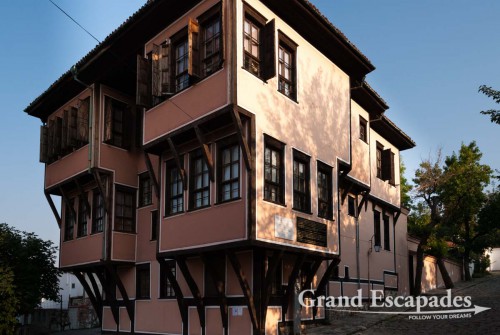
Lamartine House, National Revival Architecture with colorful houses, old city of Plovdiv, Bulgaria, Europe
The hottest hours we hid in the excellent, but pricey Hotel Renaissance, where we also tried our first Kavarama, a very national dish. It never was as good as here. The owner, Dimitar, was extremely helpful and spoke fluent English. We were really grateful, because while in Melnik, we feared that communication might be a difficult as in China. This hotel benefits from its location, right in the center, where the cobblestone path climbs up to the old town.
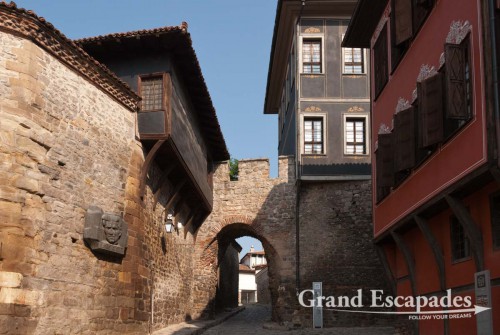
City walls and National Revival Architecture with colorful houses, old city of Plovdiv, Bulgaria, Europe
Dimitar also suggested visiting the fortress in Assenovgrad, which is on the way to Bachkovo Monastery. Luckily we did, the view from the top is breathtaking, whereas Bachkovo was disappointing. No photos allowed to be taken anywhere on the ground and we also were not allowed upstairs on the balconies. To see the dinning hall in the refectory was a scandalous 6 Levas, though the frescoes and long table cut from a trunk were impressive.
So far we have met only French tourists and wonder why.

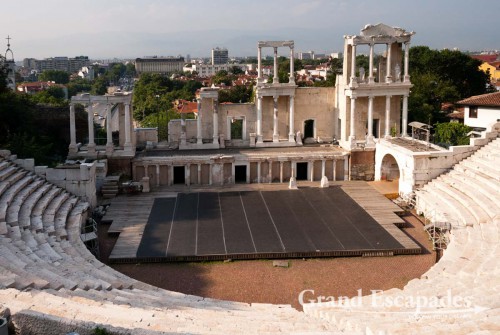
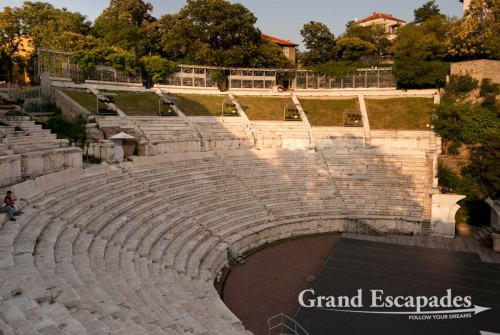
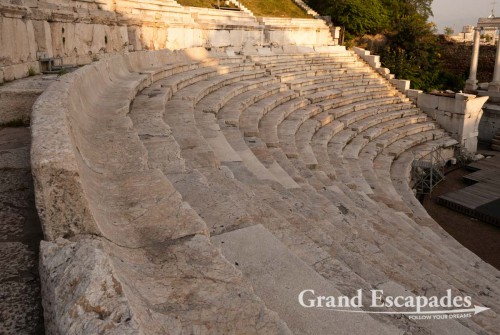
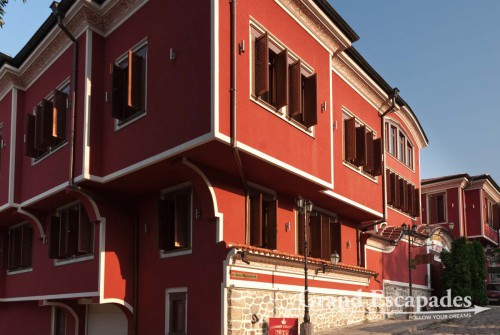
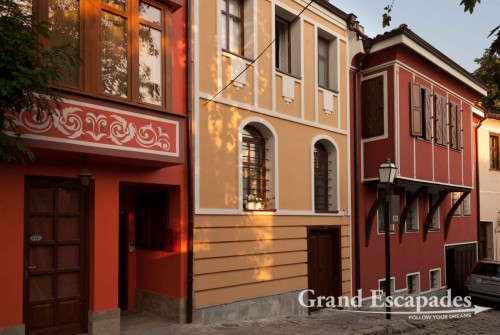
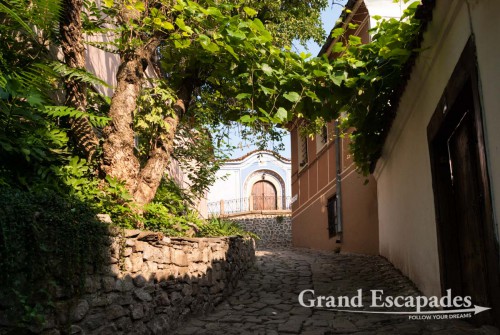
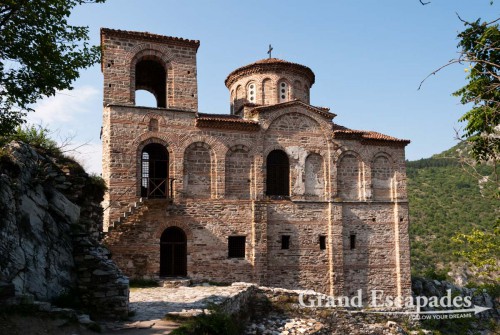
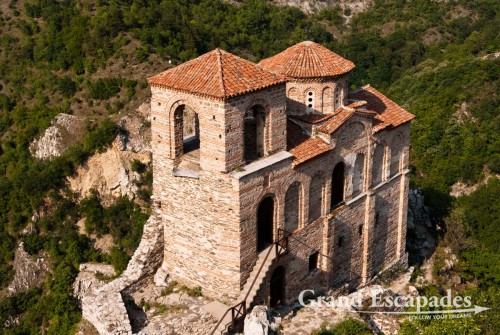
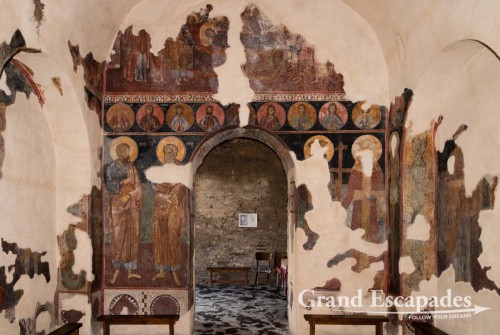
No comments yet.